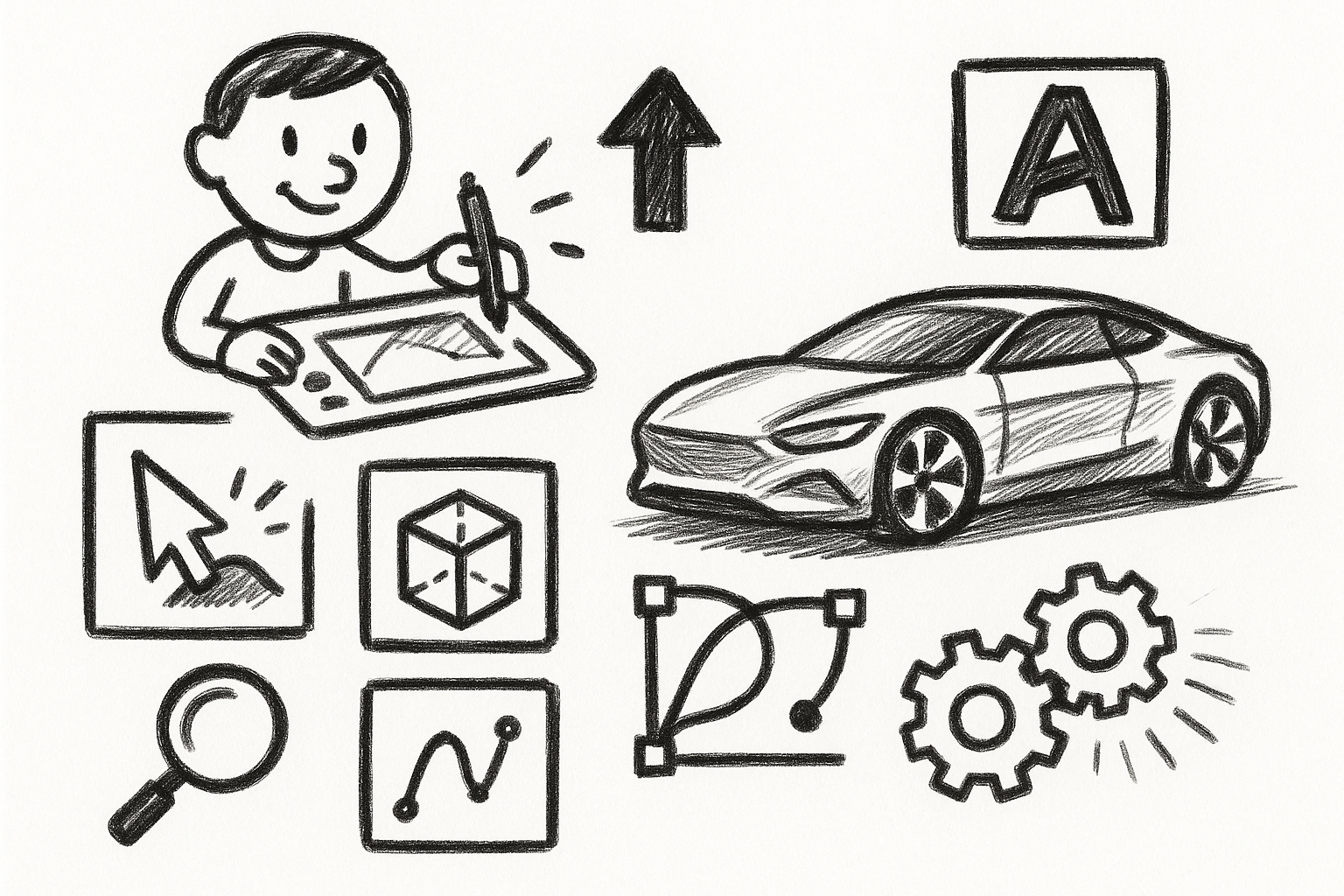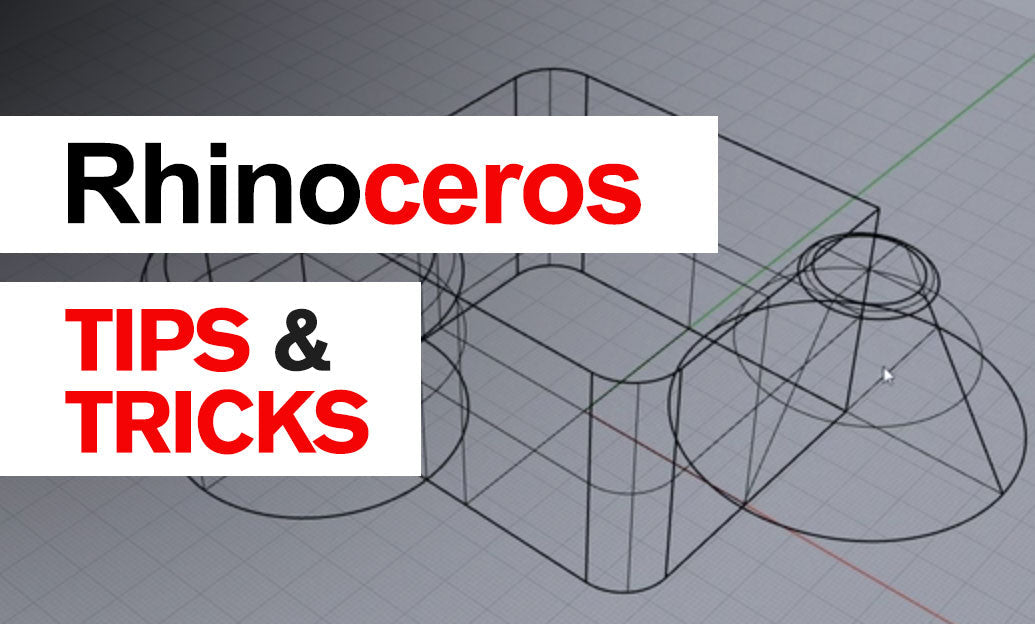Your Cart is Empty
Customer Testimonials
-
"Great customer service. The folks at Novedge were super helpful in navigating a somewhat complicated order including software upgrades and serial numbers in various stages of inactivity. They were friendly and helpful throughout the process.."
Ruben Ruckmark
"Quick & very helpful. We have been using Novedge for years and are very happy with their quick service when we need to make a purchase and excellent support resolving any issues."
Will Woodson
"Scott is the best. He reminds me about subscriptions dates, guides me in the correct direction for updates. He always responds promptly to me. He is literally the reason I continue to work with Novedge and will do so in the future."
Edward Mchugh
"Calvin Lok is “the man”. After my purchase of Sketchup 2021, he called me and provided step-by-step instructions to ease me through difficulties I was having with the setup of my new software."
Mike Borzage
V-Ray Tip: Maximizing V-Ray for High-Quality Virtual Reality Content Creation
August 14, 2024 2 min read

Virtual Reality (VR) offers immersive experiences that are revolutionizing various industries, from architecture to entertainment. V-Ray, a powerful rendering engine, plays a significant role in crafting high-quality VR content. Understanding how to effectively use V-Ray in VR content creation is crucial for producing realistic and engaging environments. Here are some tips to help you leverage V-Ray in your VR projects:
- Optimize Your Models: VR requires models to be as efficient as possible. Use V-Ray's Proxy objects to replace complex geometry with simpler meshes. This will keep your scene lightweight without compromising on detail.
- High-Quality Textures: In VR, users can get very close to objects, so textures need to be high resolution. Utilize V-Ray's efficient texture management to maintain performance.
- Realistic Lighting: Use V-Ray's physically accurate lighting options, such as the Sun and Sky system and IES lights, to enhance realism. Proper lighting is essential for an immersive VR experience.
- Bake Your Lighting: To achieve smooth performance in VR, consider baking your lights with V-Ray's light baking tools. This pre-calculates the lighting which helps in maintaining high frame rates necessary for VR.
- 360-degree Renders: Create panoramic renders using V-Ray's VR Camera types. This allows you to produce images that can be viewed in any direction within a VR headset.
- Stereoscopic Output: For a true VR experience, render your content in stereoscopic mode. V-Ray offers options to produce left and right eye renders, creating the depth needed for VR.
- Test Frequently: Regular testing on a VR headset is crucial. What looks good on a monitor may feel different in VR, so iterative testing will help you refine the user experience.
- Post-Processing: Use V-Ray's frame buffer for post-processing effects that can enhance the VR experience, such as adding bloom or adjusting exposure without re-rendering the whole scene.
Creating content for VR is a balancing act between quality and performance. V-Ray's robust toolkit can help you meet the technical demands of VR while achieving visual excellence. For more professional tips and the latest software offerings, visit NOVEDGE.
You can find all the V-Ray products on the NOVEDGE web site at this page.
Also in Design News

Mastering Precision: 5 Advanced Techniques to Elevate Your Autodesk Alias Workflow
August 29, 2025 5 min read
Read More
Rhino 3D Tip: Optimizing Rhino Workflow Through Strategic Plugin Integration
August 29, 2025 3 min read
Read More
Harnessing Edge Computing to Transform Design Software Workflows
August 29, 2025 12 min read
Read MoreSubscribe
Sign up to get the latest on sales, new releases and more …


